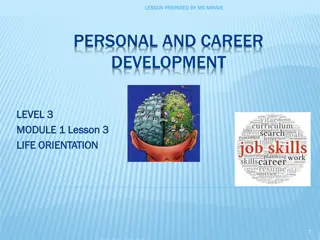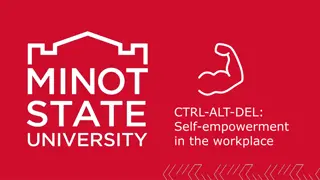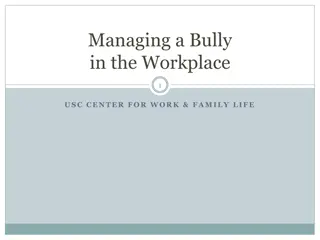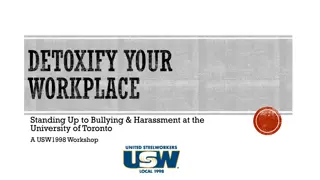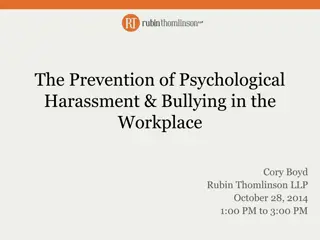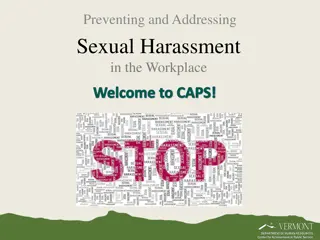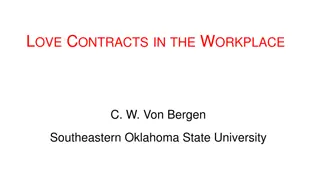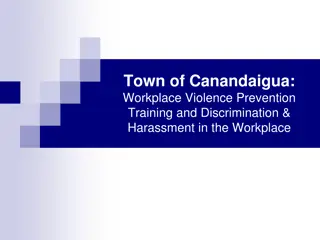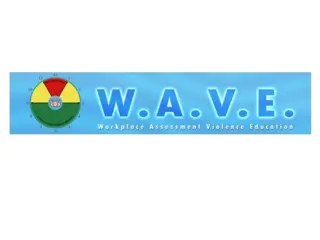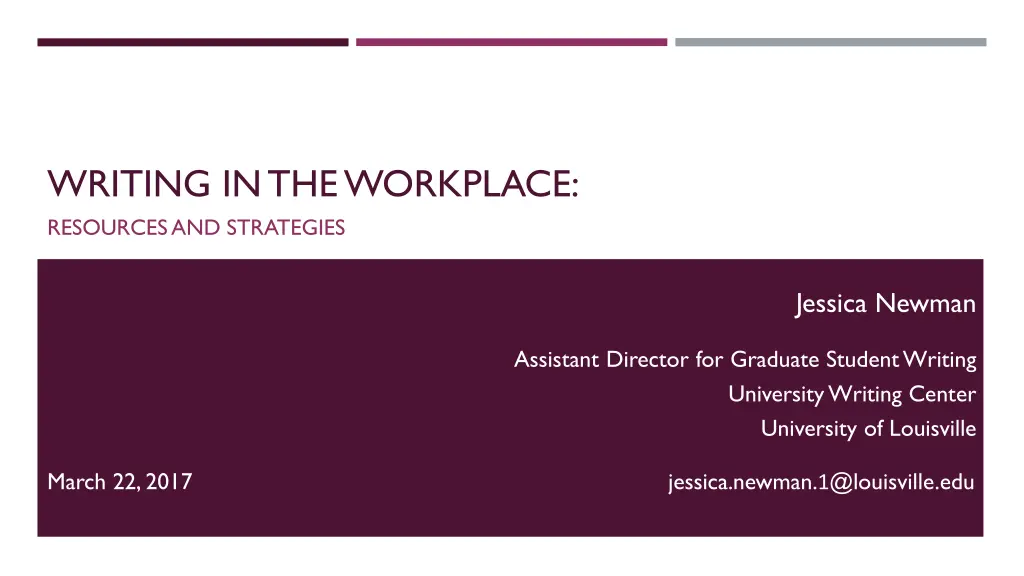
Writing Strategies and Resources at University of Louisville
Discover the writing resources and strategies offered by the University Writing Center at the University of Louisville. From understanding the rhetorical situation to business writing principles and more, this center assists undergraduates, graduate students, faculty, and staff at various stages of the writing process. Learn about the services provided, appointment details, helpful tips, and more for enhancing your writing skills.
Download Presentation

Please find below an Image/Link to download the presentation.
The content on the website is provided AS IS for your information and personal use only. It may not be sold, licensed, or shared on other websites without obtaining consent from the author. If you encounter any issues during the download, it is possible that the publisher has removed the file from their server.
You are allowed to download the files provided on this website for personal or commercial use, subject to the condition that they are used lawfully. All files are the property of their respective owners.
The content on the website is provided AS IS for your information and personal use only. It may not be sold, licensed, or shared on other websites without obtaining consent from the author.
E N D
Presentation Transcript
WRITING IN THE WORKPLACE: RESOURCES AND STRATEGIES Jessica Newman Assistant Director for Graduate Student Writing University Writing Center University of Louisville March 22, 2017 jessica.newman.1@louisville.edu
AGENDA Writing Center Overview Rhetorical Situation Business Writing Principles and the Paramedic Method Common Confusions Other Strategies
Ekstrom Library Room 132 (502) 852-2173 louisville.edu/writingcenter writing @ louisville.edu
University Writing Center: What We Do We serve everyone in the UofL community, including undergraduates, graduate students, faculty, and staff. We help at any point in the writing process: Getting started on an idea Working on a draft in progress Revising a completed draft Copyediting and polishing a final draft.
University Writing Center: What We Do We can help with: Seminar Papers Thesis or Dissertation Journal Articles Personal Statements CV/Resumes Job/Scholarship Applications Grant Applications Co-op or Internship Reports
University Writing Center: How We Do It Individual Appointments in the Writing Center: Appointments are 50 minutes long and start at the top of the hour. Writers bring any writing or notes relevant to the project. Consultants ask about the writer s concerns, read through the draft with the writer, and ask questions and offer suggestions about how to improve the draft. Our goal is both to help writers with their current projects, and offer strategies to help with future writing tasks. We are not an editing service, but work to help people become better writers.
University Writing Center: Spring 2017 Locations and Hours Belknap Campus Ekstrom Library, Room 132 Mon, Tues, & Fri: 9 am 5 pm Wed & Thurs: 9 am 8 pm Sat: 1 pm 4 pm Health Sciences Campus Instructional Building, Room 120 Wed: 10 am 3 pm Fri: 1 pm 6 pm
University Writing Center: How to Make an Appointment 1. Use our online scheduling system. Go to louisville.edu/writingcenter and click on Appointments. 2. Call our main number: 502-852-2173 3. Stop by our offices. Appointments last 50 minutes and start at the top of the hour. Walk-ins are welcome, but making an appointment will insure people see a consultant. People can schedule multiple appointments at one time. There is a limit of three appointments/week. You can make appointments with the same consultant. If the schedule is full, you can put your name on an electronic Waitlist to be notified of an opening.
REFLECTION (1) What are some types of writing that you do in the workplace? What are some things that you enjoy and some things that stress you out about written workplace communication? What aspects of written workplace communication are you good at? Where could you improve?
RHETORICAL SITUATION Purpose Why are you communicating? Audience Who are you communicating with? Genre What type of writing are you using/creating?
EMAIL ETIQUETTE: GENRE-APPROPRIATE MOVES Subject line Include all necessary details Greeting and sign-off Pay attention to To/CC and Reply/Reply All Use PROFESSIONAL PROFESSIONAL fonts and formatting Action items
STRATEGIES: ASK YOURSELF THESE QUESTIONS What is the rhetorical situation? Are you following genre conventions? Is your tone/level of professionalism appropriate? Would the reader be able to understand what you are saying? Is it obvious what you want the reader to do with this information?
BUSINESS WRITING PRINCIPLES Clarity Concision Active Voice Active voice: She wrote the report. Passive voice: The report was written by her.
STRATEGIES: PARAMEDIC METHOD Circle the prepositions Draw a box around the "is" verb forms 1. 2. Ask, "Where's the action?" 3. Change the "action" into a simple verb 4. Some Common Preposition in with as about like of for at to on by Turn the doer into the subject 5. Eliminate unnecessary words 6. between adapted from Purdue OWL/Lanham
1 2 3 4 5 PARAMEDIC METHOD Circle the prepositions Change the "action" into a simple verb 1. 4. Draw a box around the "is" verb forms Turn the doer into the subject 2. 5. Ask, "Where's the action?" 3. I think that in this paragraph is a demonstration of the use of good style in the writing and creation of a report. action demonstrates this paragraph adapted from Purdue OWL/Lanham
6 PARAMEDIC METHOD Eliminate unnecessary words 6. This paragraph demonstrates good style in report writing. I think that in this paragraph is a demonstration of the use of good style in the writing and creation of a report. action demonstrates this paragraph adapted from Purdue OWL/Lanham
PARAMEDIC METHOD: YOUR TURN Circle the prepositions Change the "action" into a simple verb 1. 4. Draw a box around the "is" verb forms Turn the doer into the subject 2. 5. Ask, "Where's the action?" Eliminate unnecessary words 3. 6. I would argue that the email was written by her in a clear and concise manner.
PARAMEDIC METHOD I would argue that the email was written by her in a clear and concise manner. action she wrote She wrote a clear and concise email.
COMMON CONFUSIONS Word choice/inflection Punctuation me/myself commas i.e./e.g. apostrophes Grammar Spelling sentence fragments or run-ons than/then misplaced/dangling modifiers its/it s unclear pronoun references their/there/they re inconsistent verb tense affect/effect
STRATEGIES: MAKE YOUR OWN LIST OF THINGS TO CHECK Including: Your own common confusions Reminders of other things to look out for
OTHER STRATEGIES Read out loud Use models Print out to review Use spell check Don t write on your phone Get the details right Listen!
REFLECTION (II) What is the most useful concept that you will take away from this presentation? Which of these strategies (if any) have you already been using? How can you use these strategies to address the stressors that you wrote about earlier? To address areas where you could improve?
QUESTIONS? ? ? ?



